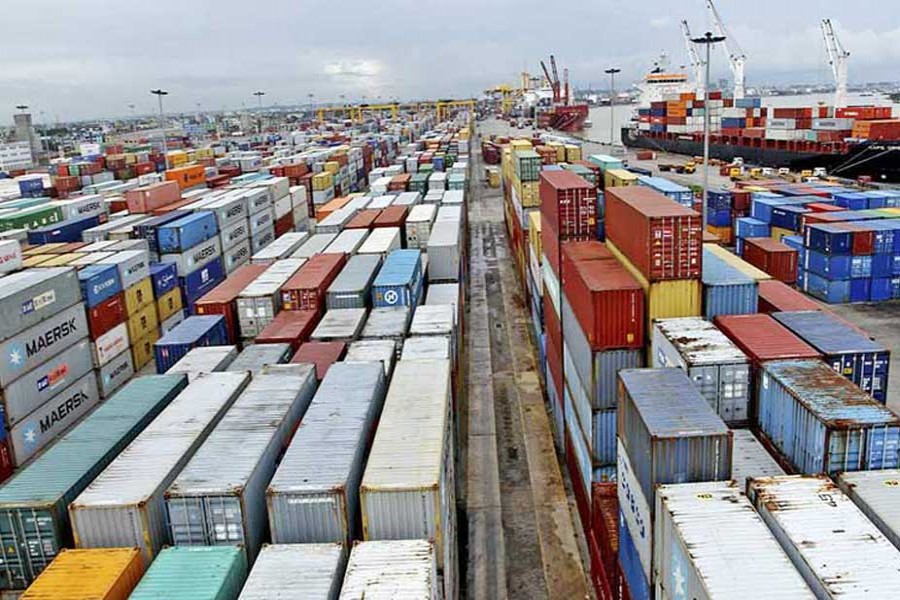It is quite natural that Chittagong port and its cargo handling capacity would dominate the proceedings of any event organised to discuss the logistical challenges the country's seaports are facing. A seminar held recently in Dhaka under the auspices of the International Business Forum of Bangladesh was no exception. Discussants pointed out the weaknesses of the country's premier port and suggested ways to improve its capacity in right earnestness and make it capable of handling an ever-increasing volume of export-import cargoes.
The port has been encountering both management and logistical problems for long. Though both the problems are interlinked, the second one has troubled the port users more and the relevant policymakers are aware of the shortcomings and their economic cost. Yet, they proved to be too slow to react to the problems and initiate measures to improve the situation. The turnaround time of the port is still high compared to that of other regional ports. It takes more than a week for a ship to load or unload goods and leave the Chittagong port. The people in-charge of port and shipping affairs do not seem to be much concerned with this state of affairs. But such indifference on their part, particularly when there would be a continuous increase in the number of ships visiting the port and incoming and outgoing shipments as the economy grows. Forecast is that the flow of container ships and containers would double within the next decade. Unless its cargo handling capacity is raised proportionately, the performance of the port, in all probability, will turn worse. The port's capacity to handle containers could be better understood from the availability of one important heavy gear called gantry crane. The port has 16 berths for container ships. But only three of them have such cranes and an equal number of berths, according to the minister of shipping, will also be equipped with gantry cranes soon. With these cranes in place, the port will acquire the capacity to handle a greater number of container vessels annually.
However, that capacity building is likely to prove highly inadequate given the projected growth of the country's international trade in the upcoming years. The situation might even become worse when neighbouring India starts transporting goods to its landlocked northeastern states using the port. Last Monday, the government decided to allow India to use Chittagong and Mongla seaports. The capacity of the Mongla port is underutilised and the scope is there for its optimum utilisation. But the situation is altogether different in the case of Chittagong port. The existing logistics are highly inadequate even to handle the country's own external trade. The port has to expand its capacity to a great extent if it has to provide services to India in a proper manner while meeting domestic demands. The government, hopefully, has done its homework well before taking the decision regarding allowing India the use of the ports.
The impact of the decision will also go beyond the port. Prediction is that traffic flow on the Dhaka-Chittagong highway would rise by 60 per cent in the next five years. This calculation excludes the additional traffic to be used for transportation of Indian goods. So, it has become imperative for the government to expand the cargo handling capacity of the Chittagong port and beyond and also the capacity of the highways.


